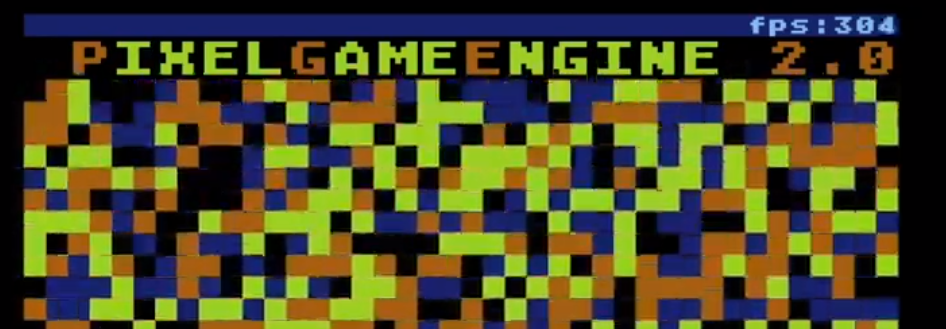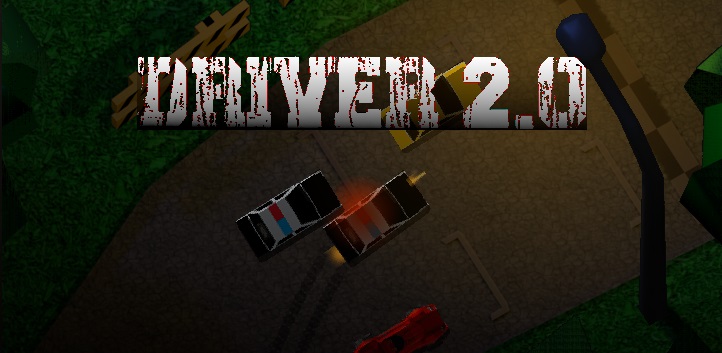Ok, so, I’m going to talk about Elm, but to understand what follows, there is
two things I might just tell you upfront:
Firstly, I really enjoy functional programming. When I’m not using Java for
school assessments (which I only use because I have to), I mostly use Haskell,
and I’m having a great time with it
Secondly, I’ve always be frustrated with Web front-end. HTML feels clumsy,
JavaScript allows so much in term of paradigms it does not even feel
consistent with itself, and CSS is such a pain for me to write that it does
not take long before I go back writing some terminal user interfaces.
Or at least it was like that until I stumbled upon Elm.
Continue reading “Elm or Suck-less front-end”

